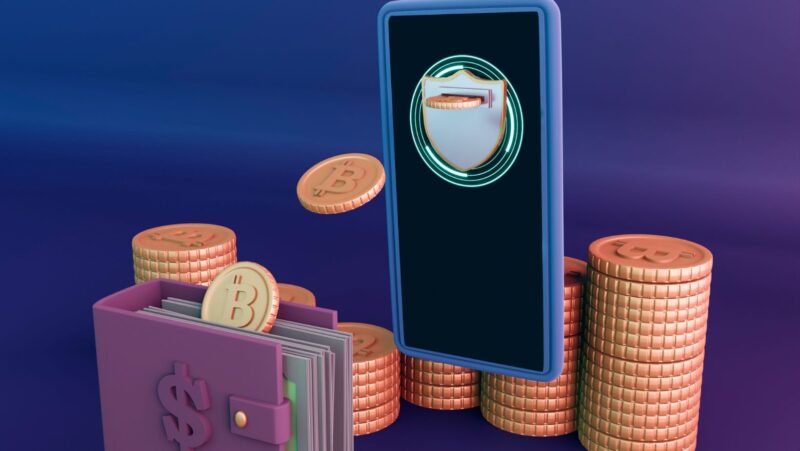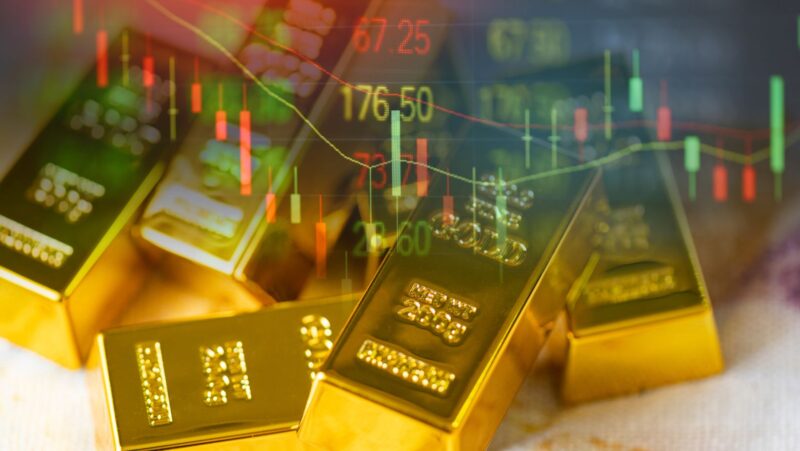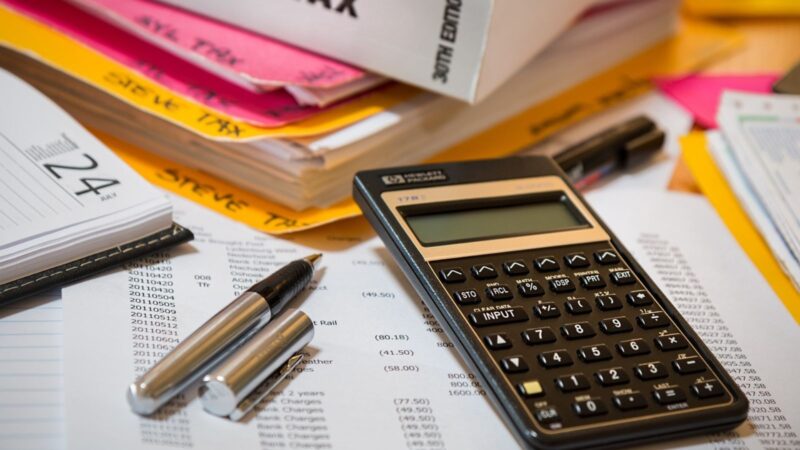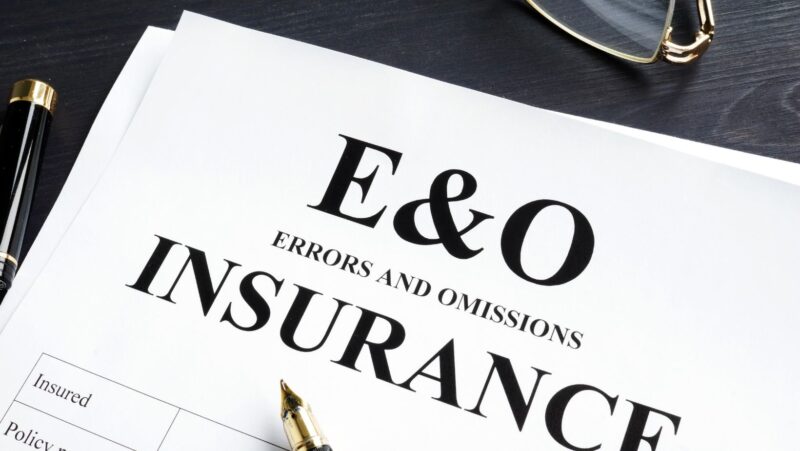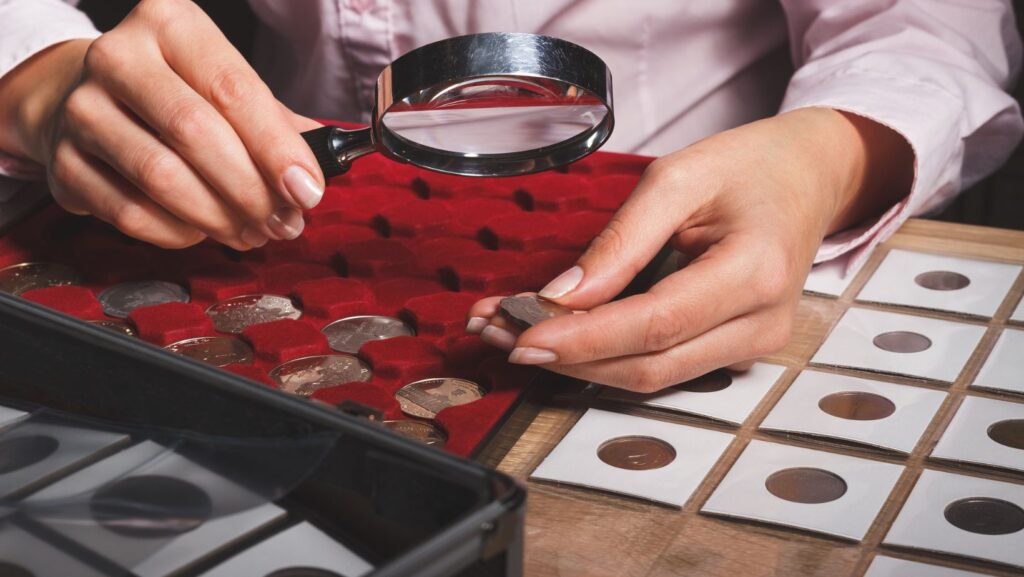
In today’s ever-changing financial landscape, astute investors continuously seek novel avenues to diversify their portfolios. While stocks, bonds, and real estate remain popular choices, some unconventional investments offer both excitement and potential for impressive returns. Enter the world of collectibles. From vintage watches to rare coins, the collectibles market provides a unique blend of history, craftsmanship, and monetary value. So, how does one identify and capitalize on profitable collections? Let’s dive in.
Nowadays, the online marketplace plays a pivotal role in collecting. Platforms such as https://www.infinitycoins.com/products and others offer enthusiasts an array of choices. But remember, not every item listed online guarantees a significant ROI—you need a strategy.
Understanding Market Trends
Grasping the nuances of market trends is crucial. Historically, items that resonate with nostalgia or cultural significance often gain value. Be it a vintage toy from a bygone era or an antique necklace, items that stir emotions tend to be in demand.
However, don’t get swept away by emotions alone. It’s essential to study price histories, auction results, and expert forecasts. While the past isn’t a sure predictor of the future, it often provides valuable clues.
Quality Over Quantity
It’s tempting to amass a large collection quickly, but you’ll find more success by prioritizing quality over quantity. High-grade items, even if they’re fewer, generally appreciate better over time.
Moreover, items in mint or near-mint condition usually command higher prices. So, whether you’re considering a vintage baseball card or a classic car, condition matters. Always have an expert assess potential purchases.
Diversifying Your Collection
Just as in traditional investments, diversifying your collection can shield you from market downturns. Don’t put all your eggs in one basket. Spread your investments across different types of collectibles.
Consider exploring various categories like art, stamps, coins, or even vintage electronics. This strategy not only hedges against risk but also makes the collecting journey more enjoyable.
Building Relationships With Experts
In the collecting world, knowledge is power. By building relationships with seasoned collectors, dealers, and experts, you’ll gain insights you can’t find in books or online. These individuals can guide you, offer advice, and even provide leads on potential acquisitions.
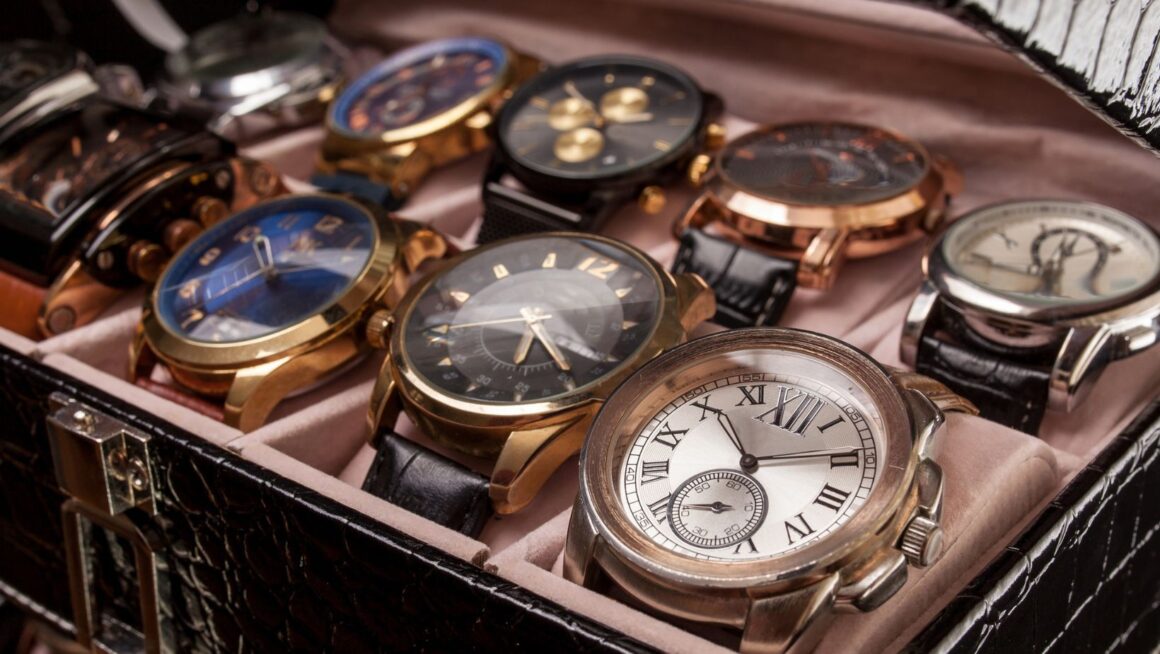
Furthermore, attending conventions and joining collector groups will expand your network. Over time, these relationships can prove invaluable.
Keeping an Eye on Global Markets
Collectibles aren’t confined to domestic markets. With the world becoming more interconnected, items that gain popularity in one country can quickly become sought after internationally.
By keeping tabs on global trends, you might discover a burgeoning market overseas for items you already possess or can easily acquire. Additionally, global markets can offer diversification benefits, protecting your investments from domestic economic downturns.
Protecting Your Investments
Once you’ve acquired collectibles, it’s paramount to ensure their safety. This involves more than just physical protection. Consider insuring valuable items, keeping them in controlled environments, and regularly assessing their condition.
Documentation is equally vital. Always keep records of purchases, appraisals, and any restoration work. This documentation not only verifies authenticity but can also significantly impact an item’s value during resale.
Maximizing Your Return
When it’s time to liquidate your assets, patience is key. Markets can be cyclical, meaning what’s in demand today might wane tomorrow, only to resurge later. If you’re not in a rush, wait for the opportune moment to sell.
Additionally, consider different sales avenues. While online platforms might offer convenience, auctions or private sales can sometimes yield better results. It’s all about finding the right buyer who recognizes the value of your collectible.
Emotional Value of Collectibles
One of the fascinating aspects of collectibles is the emotional value they hold. While it’s not quantifiable, this emotional connection can substantially affect market prices. Items tied to popular cultural moments, historical events, or personal memories often hold a special place in people’s hearts, driving demand and, consequently, their value.

For instance, movie memorabilia from classic films or toys from a particular era can stir strong feelings. Recognizing these connections can provide a strategic advantage. However, while investing, balance emotion with rationality to ensure you’re making sound decisions.
The Role of Technology in Collectibles
Modern technology has reshaped the collectible landscape in numerous ways. Online platforms have made it easier for buyers and sellers from different parts of the world to connect, expanding market reach.
Moreover, with the rise of digital collectibles and non-fungible tokens (NFTs), the line between tangible and intangible assets is blurring. While this digital frontier is relatively new, early adopters have seen considerable returns. Always stay updated on tech trends, as they might offer fresh investment avenues you hadn’t considered before.
Appreciating Art as an Investment
Art, with its intrinsic beauty and cultural significance, has long been a favorite among collectors. But beyond its aesthetic appeal, art can be a savvy investment. Historically, unique pieces by renowned artists have fetched astronomical prices.
When delving into art, it’s beneficial to develop a discerning eye. While renowned masterpieces might be out of reach for many, emerging artists offer excellent potential. By identifying talent early on, you could invest in pieces that appreciate significantly as the artist’s reputation grows.
Long-Term Approach to Collectibles
It’s easy to get caught up in the excitement of quick gains, but collectibles often shine brightest as long-term investments. Over decades, items can appreciate exponentially, especially if they become rare or gain historical significance.
Consider items like first-edition books, early vinyl records, or even vintage fashion pieces. Their value might grow gradually, but over time, the returns can be substantial. Adopt a long-term mindset, and you’ll likely see more significant gains.
Environmental Impact and Sustainability
Today’s collectors are more conscious than ever about the environmental impact of their investments. Sustainable collecting is gaining traction. This means investing in items that are eco-friendly or support sustainable practices.
For instance, many modern artists now create using sustainable materials or methods. Similarly, when looking at older collectibles, consider their sourcing and whether they align with modern ethical standards. Eco-conscious collecting isn’t just good for the planet; it’s also appealing to a growing demographic of green-minded buyers.
Emerging Markets and Hidden Gems
While traditional markets in the US and Europe have matured, emerging markets in Asia, Africa, and South America are buzzing with potential. These regions, rich in culture and history, offer unique collectibles that might be undervalued today but could gain significant value in the future.
It’s about uncovering hidden gems—items that are yet to catch the eye of the mainstream but hold immense potential. Venturing into these markets requires thorough research, but the rewards can be worth the effort.
Conclusion
While the world of collectibles is vast and varied, with the right strategies, you can navigate it profitably. Just remember that knowledge, patience, and diversification are your best allies. As you embark on this exciting journey, keep these principles at the forefront, and you’ll find success in today’s market.






